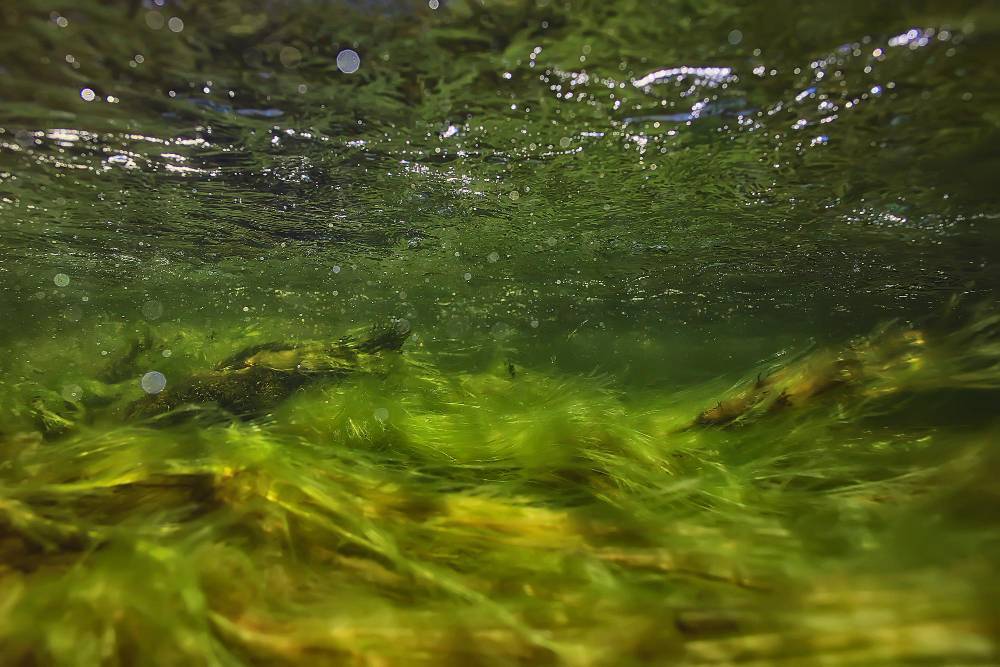
Maintaining a beautiful and healthy pond can be a rewarding experience. However, pond owners face one of the most common challenges: controlling algae. Algae can turn a clear pond into a green, murky mess. But don't worry! Aquatic Restoration knows there are many organic methods to keep your pond free from algae. This guide presents some effective strategies for pond maintenance.
Before diving into solutions, it's essential to understand why algae grow. Algae thrive in ponds with excess nutrients, particularly nitrogen and phosphorus. These nutrients can come from fish waste, decaying plants, or runoff from fertilized lawns. By managing these nutrient levels, you can make your pond less inviting for algae.
One of the best ways to control algae is through regular pond maintenance. Pond maintenance includes removing pond debris like leaves, twigs, and dead plants. Organic matter decomposes and releases nutrients into the water, feeding the algae. By keeping the pond clean, you reduce the nutrient levels and prevent algae growth.
Barley straw is a natural and effective way to control algae. When barley straw decomposes in water, it releases compounds that inhibit algae growth. Place barley straw bales or pellets in the pond in early spring before algae become a problem. As the water warms, the straw will decompose and release these helpful compounds.
Aquatic plants are excellent allies in the battle against algae. Adding more plants to your pond can improve its overall health and clarity. Consider adding submerged plants like hornwort and anacharis, floating plants like water lilies, and marginal plants like cattails.

Certain fish species can help control algae naturally. Koi, goldfish, and grass carp eat algae and can keep it under control. However, be mindful of the number of fish you introduce. Too many fish can lead to overfeeding and excess waste, worsening the algae problem. Aim for a balanced fish population that supports healthy pond maintenance.
A well-balanced pond is less likely to have algae problems. A healthy balance means having the right mix of plants, fish, and beneficial bacteria. Beneficial bacteria help break down organic matter and consume excess nutrients, making them less available for algae. To boost the number of bacteria in your pond, you can add bacterial supplements.
Algae need sunlight to grow, so reducing the amount of light that reaches your pond can help control algae. You can provide shade by planting trees or shrubs around the pond or using floating plants like water lilies. Shade helps reduce algae and keeps the water cooler, which benefits fish and plants.
Overfeeding your fish can lead to excess nutrients in the water, which can fuel algae growth. Only feed your fish what they can consume in a few minutes. Uneaten food will decompose and release nutrients into the pond, so it's better to feed small amounts more frequently.
Good water circulation and aeration can prevent algae growth by reducing stagnant areas where algae can thrive. Use a pond aerator or fountain to keep the water moving and oxygenated. Circulation helps control algae and benefits fish and plants by maintaining healthy oxygen levels.
If you have a retention pond, regular maintenance is crucial. Retention ponds are designed to collect and store runoff, carrying nutrients and pollutants that promote algae growth. Regularly inspect and clean the pond, remove debris, and ensure the drainage system functions properly. Effective retention pond maintenance can significantly reduce algae problems.
Keeping your pond free from algae requires a combination of strategies and regular care. You can enjoy a clear and healthy pond by understanding the causes of algae growth and implementing these organic methods. Key steps include regular pond maintenance, planting more vegetation, introducing algae-eating fish, and maintaining a healthy balance. Additionally, regular retention pond maintenance is essential for those with retention ponds.
If you’ve ever walked outside and noticed your lake suddenly turn a murky shade of green, you’re not alone. Many…
Lakes are vital ecosystems that support wildlife, protect water quality, and enhance the quality of life for surrounding communities. Whether…
If you’re reading this, there’s a good chance you’re sick and tired of dealing with aquatic weeds that never…
Lake management is an integral part of keeping lakes healthy, functional, and beautiful for generations to come. Not only…
When people think of lake management, they often picture large-scale restoration projects involving acres of water and heavy…